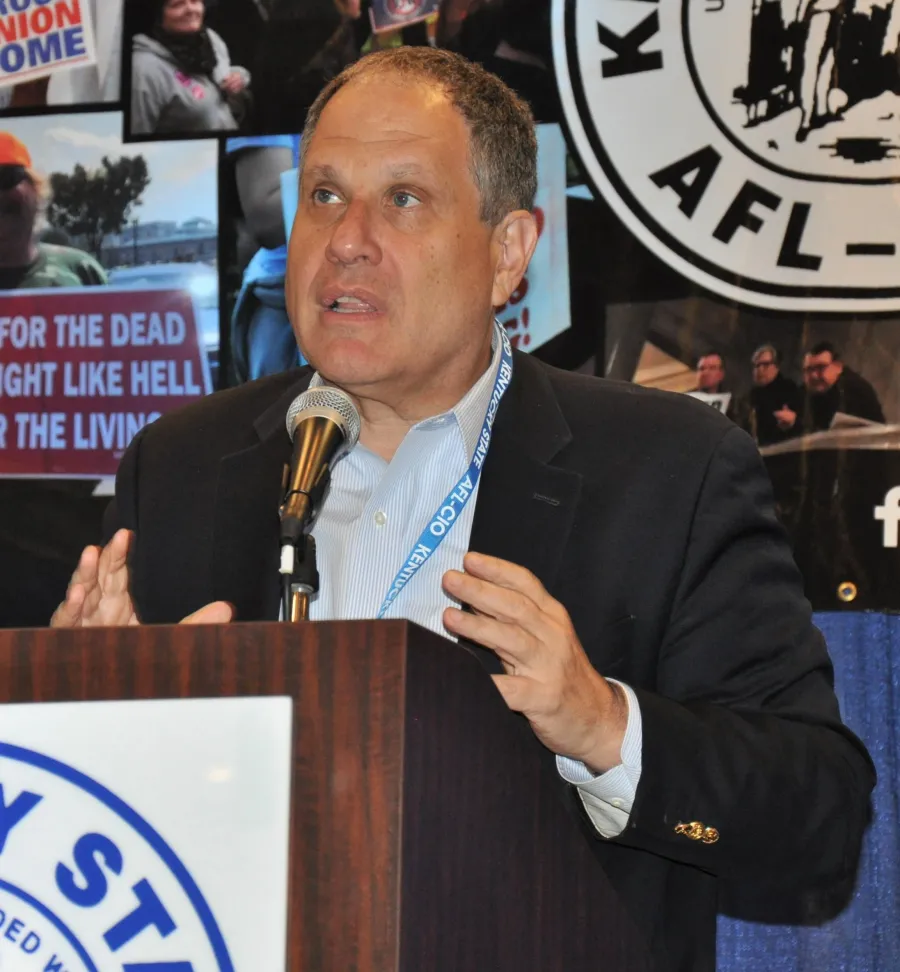Alliance for Retired Americans: Health Care and Retirement News

Build Back Better Act Clears Procedural Vote in House, Awaits Next Steps Following the passage of the bipartisan infrastructure bill last Friday night, Democrats in Congress passed a key procedural vote to set up eventual passage of the Build Back Better Act, H.R. 5376, as they worked toward securing commitments from a group of holdout members. The group of six House members committed to voting for the transformative legislation once the Congressional Budget Office confirms that the bill is fully paid for, most likely before Thanksgiving. If passed by the House, the bill must then go to the Senate, where it will likely be amended, then sent back to the House. The bill represents President Biden’s plan to strengthen and invest in middle class families and contains numerous benefits for older Americans, including:
The bipartisan infrastructure bill, which passed the House 228-206 last Friday night, will be signed by President Biden at a White House event on Monday. It includes $39 billion in public transit -- key for older Americans who travel by bus and train -- and $65 billion to bring broadband to every American, including 22 million seniors who lack internet access at home. “These bills are historic and will help older Americans,“ said Richard Fiesta, Executive Director of the Alliance. “To address prescription drug prices, home care, hearing and more all at once will truly make a major difference in seniors’ lives.” |
KHN: Medicare Enrollment Blitz Doesn’t Include Options to Move Into Medigap By Harris Meyer |
Medicare’s annual open-enrollment season is here and millions of beneficiaries — prompted by a massive advertising campaign and aided by a detailed federal website — will choose a private Medicare Advantage plan. But those who have instead opted for traditional Medicare face a critical decision about private insurance. Too often the import of that choice is not well communicated. If beneficiaries decide to use traditional Medicare when they first join the program, they can pick a private supplemental plan — a Medigap plan — to help cover Medicare’s sizable deductibles and copayments for hospital stays, physician visits and other services. But many people don’t realize that, in most states, beneficiaries have guaranteed access to a Medigap plan for only six months after they enroll in Medicare Part B — either at age 65 or when they leave private health insurance and join Part B. While the Medicare.gov website offers a guide to these Medigap plans — labeled A through N — it’s a complicated decision because each plan provides different kinds of coverage — for 10 categories of benefits. Then there are the variants with high deductibles and limited provider networks. Premiums vary sharply, of course. And because seniors enroll in these plans throughout the year as they reach Medicare eligibility, there is far less publicity about the options. |